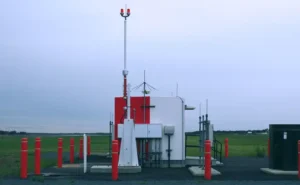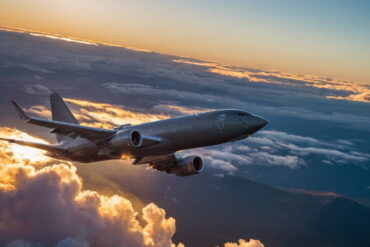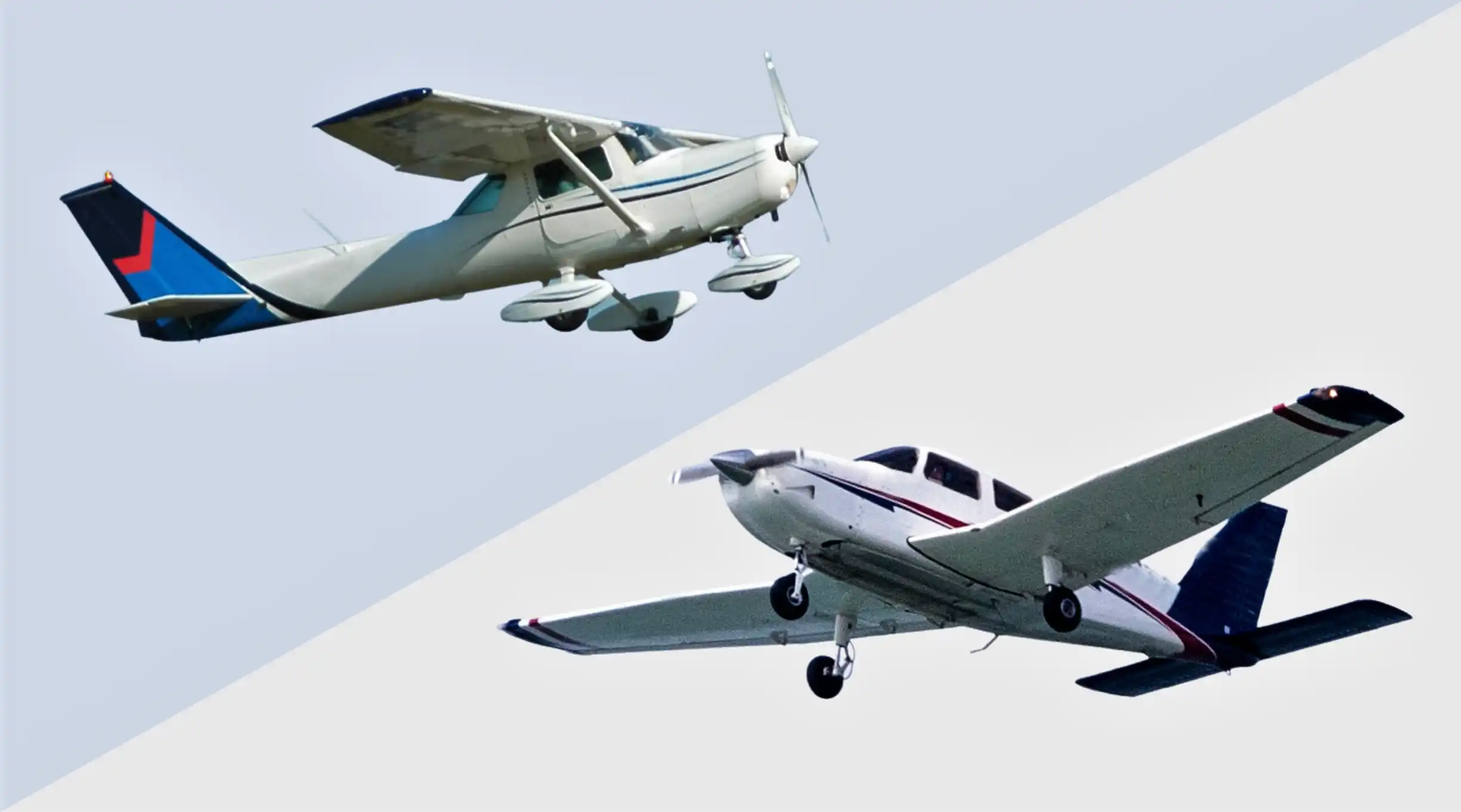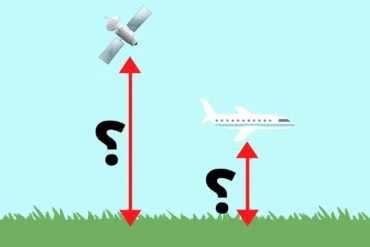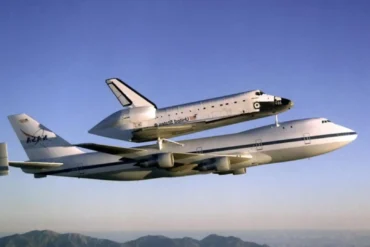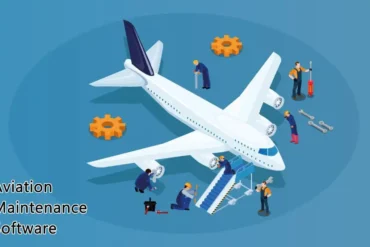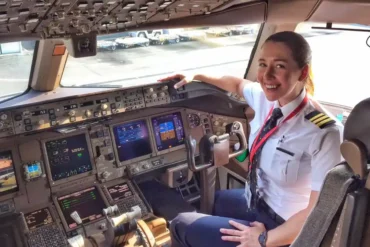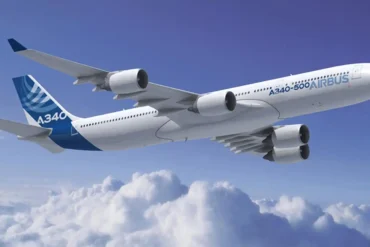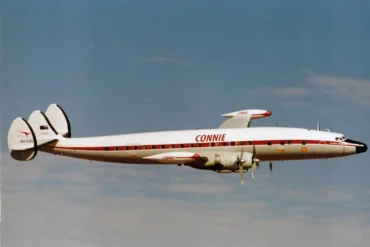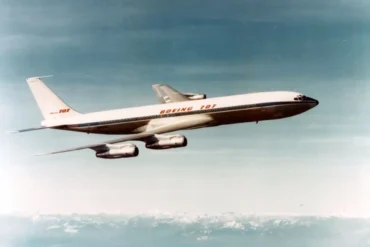Hey there! Let’s chat about distance measuring equipment (DME). It’s pretty cool stuff that needs gear on the ground and in your plane. Usually, you’ll find DME hanging out with VOR or ILS/LOC systems. While VORs and ILS chat over VHF, DME likes to use UHF. The FAA’s been smart and matched up VHF NAVAID frequencies with UHF DME ones.
For example, all VORs on 113.0 use the same DME frequency, no matter where they are. The FAA spreads out these NAVAIDs so your receiver doesn’t get mixed signals.
DME radios are like time-keepers. They measure how long it takes for a signal to go from the plane to the ground and back. It’s kind of like how submarines use sonar to map the ocean floor.
Your DME readings show up in nautical miles, but here’s the thing: they’re “slant-range” distances. Because you’re up in the air, these measurements will always be a bit more than the actual ground distance.
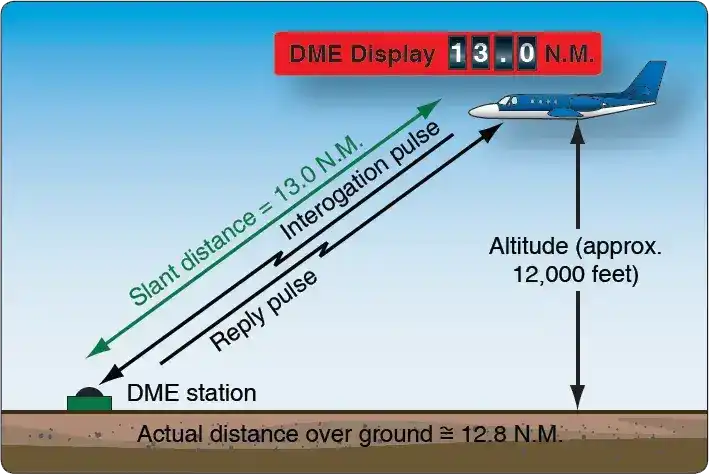
Picture this: if you’re right above a DME transmitter at 6,000 feet, your DME will say about 1 NM. So, when does this difference matter? Well, if you stay at least 1 NM away from the station for every 1,000 feet you’re up, you’re good to go.
So, if you’re cruising at 5,000 feet above the DME station and at least 5 NM away, your DME reading will be spot on.
For DME to work its magic, it needs to “see” the ground station. Things like hills or being too far away can mess with that.
Also, those ground DME transmitters can usually handle about 100 planes at once. If too many planes try to use it, the ones farthest away might have trouble getting signals.
GPS DME vs. Old-School DME
These days, pilots are leaning more on GPS than traditional DME. If you’re flying IFR with an approved GPS system, you can use GPS distances instead of DME.
Let’s say you’re doing an ILS approach where the DME for the Final Approach Fix is 5 miles from the Localizer antenna. If you’re 2 miles from the fix, your GPS DME will show 2 miles to the FAF.
You could input “Direct IXXX” to make GPS DME match old-school DME on an ILS approach. But we don’t recommend it – it might confuse things by adding a line on your map that could hide your path to the runway.
The HOLD Button – Your New Best Friend!
Ever done an ILS approach using distance info from a nearby VOR instead of the LOC? If your plane has a DME radio, you’ve got to know about the “HOLD” button. When you’re doing an approach that uses DME data from a nearby NAVAID, first tune your Navigation radio to the DME source, hit that “HOLD” button, then tune to the approach frequency for guidance. Remember, DME UHF frequencies always pair up with specific VHF ones. Hitting “HOLD” keeps your DME frequency from changing when you tune to a different NAVAID.
Let’s look at the Thief River Falls (KTVF) ILS to Runway 31 as an example. You’ll use DME readings from the TVF VOR for waypoints on the approach. While getting on the localizer course, you’ll use DME data from TVF. When you turn towards the inbound course, you’ll switch to the I-HYZ LOC frequency of 110.5. Don’t forget to hit “HOLD” before you do this! This locks in the TVF DME data on your radio, giving you consistent distance info for the approach. If you skip the arc, do the same thing: tune TVF, hit “HOLD,” then switch to the I-HYZ LOC frequency.
After you’re done with the approach, make sure to turn off the DME frequency hold. You don’t want to use the wrong distance data on your next approach!
Planes with DME Radios
You won’t find traditional DME radios in most modern training planes with glass panels. Most new general aviation planes have multiple GPS receivers instead.
But DME radios are still all over the aviation world. Most big commercial planes have DME systems, and plenty of older IFR-certified general aviation planes do too. In fact, the rules say that any plane certified for IFR flights above Flight Level 240 must have “approved DME or a suitable RNAV system.”
